3 Different Types of Food Forests for Your Homestead
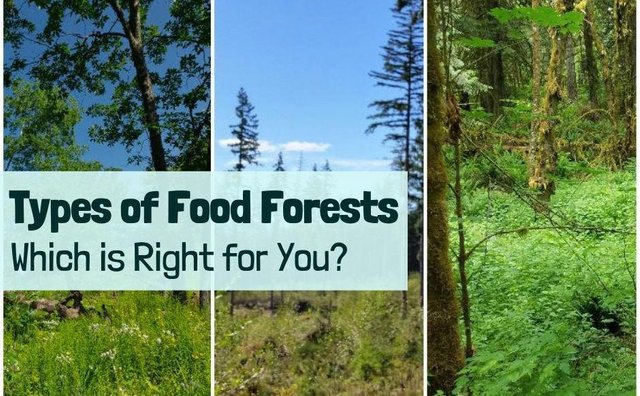
If you are interested in permaculture then most likely you have heard about food forests. Forest gardening really is an amazing concept and I love that you can grow more food per acre by mimicking a forest.
But what type of forest should you mimic? In the temperate world there are many different types of forests.
This week’s blog post – Types of Food Forests – Which is Right for You? – combines the natural forests into 3 general types that you can mimic when designing and planting your own food forest.
Each type has its own pros and cons which the blog post covers in full.
The 3 general types of forests covered in the blog post are:
- “Oak Savanna” Type of Food Forest
- “Recovering Forest” Type of Food Forest
- “Mature Forest” Type of Food Forest
Now I know these 3 types of forests are not the only 3 but for the purposes of planning a food forest I think these capture the core options for forest gardening in temperate climates and they provide a good set of blueprints to guide our designs.
The blog post dives into each of these 3 types but I thought I would give an quick overview of all 3 here.
3 Types of Food Forests Starting with Oak Savanna Type
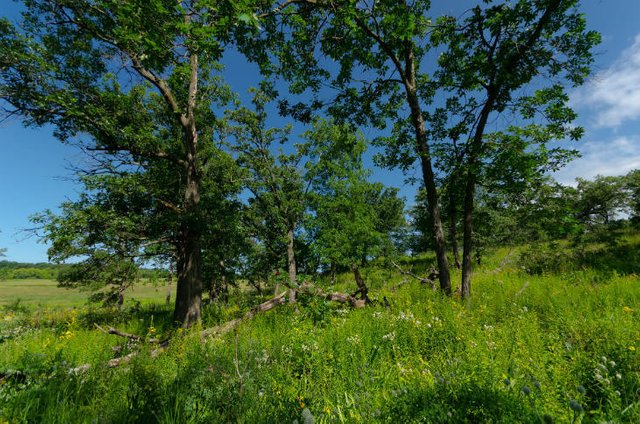
Image Credit: "Savanna" by wackybadger is licensed under CC BY-SA 2.0
I came up with the 3 names for these food forest types based on my own area. Let's start with the oak savanna type of food forest. While not every temperate climate has oak savanna, that does not mean you can’t mimic it on your own homestead.
The oak savanna is not really a forest in the way we tend to think of it but in my area it is often a transition state between prairies/grasslands and forests. In an oak savanna the oak trees form the foundation of the system but generally does not form a closed canopy.
This allows for a lot of sunlight to reach the ground supporting a dense herbaceous layer of plants including grasses. This is great for growing annual crops and for raising grazing animals.
But it may take more maintenance than the other 2 types of food forest to keep it from filling in with woody plants.
For more on the oak savanna type of food forest including a list of pros and cons for this type make sure to check out the corresponding section in the blog post.
Recovering Forest Type
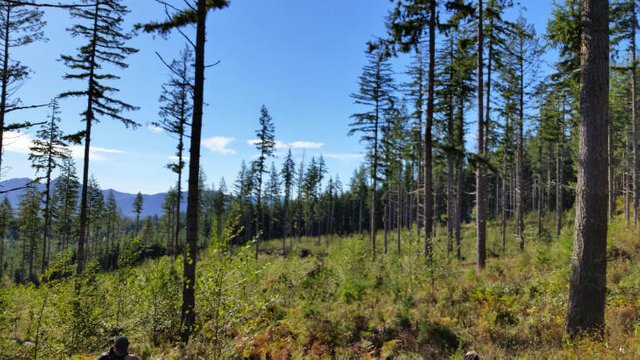
In one way a recovering forest is similar to an oak savanna since it does not have a closed canopy. But unlike an oak savanna this type of forest has large amounts of shrubs and generally does not have much in the way of grasses.
These types of forests are what you find after a forest fire or logging events. Some large trees may remain but most of the trees will be small young trees plus a large amount of shrubs. Though there will be some herbaceous plants mixed in.
A food forest based on recovering forests is great for perennial vegetables and berry production.
You could also include chickens as long as you rotate them or keep their numbers small enough to not prevent the understory from growing.
This type of food forest is a great option for most people and I think it tends to be what you see online the most. For more information check out the corresponding section in the blog post.
Mature Forest Type
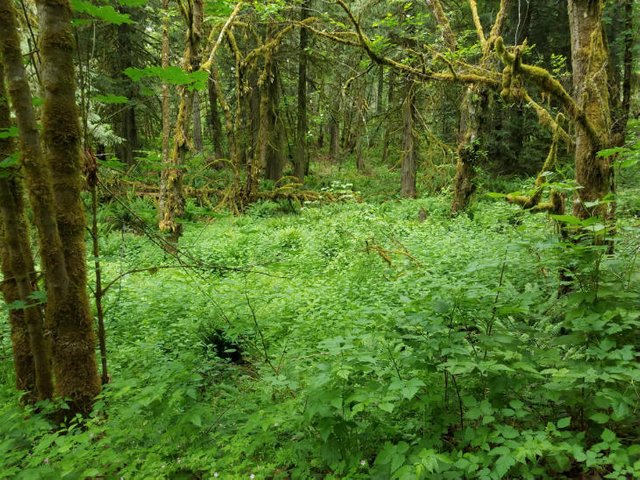
The final type that is covered in the blog post is the mature temperate forest. This type of forest tends to have a closed canopy which limits the amount of sun reaching the understory. But it will also have open areas scattered around where trees have fallen.
In a food forest that mimics this type of forest you can use open spaces for berry production and some herbaceous plants (perennial vegetables are a good choice). But most herbaceous plants will need to be shade tolerant. In my area there are several native perennial vegetables that love the shade that would be great in this type of forest (miners lettuce, redwood sorrel, Pacific waterleaf, etc.).
You can also use coppicing to create a pattern of rotating open spaces which will create more spaces for a diverse set of crops. But make sure the open spaces are relatively a small percent of the overall food forest or you will turn your mature forest type of food forest into a recovering food forest.
There are a lot of advantages to a mature forest type of food forest but it does have some negatives due to its mostly closed canopy. Check out the corresponding section in the blog post to learn more.
Which Type of Food Forest is Right for You?
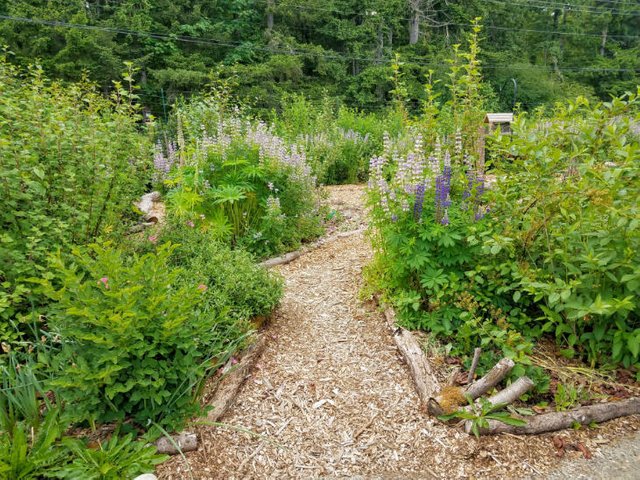
So what do you think? Which type of food forest are you interested in planting? Each has their own pros and cons which the blog post covers.
On my own property I’m working on 1 recovery forest type and 1 mature forest type. Though both are currently transitioning. The recovery forest type is transitioning from more of an oak savanna state and the mature forest type is transitioning from more of a recovering forest.
In this way a food forest can mimic the natural succession of natural landscapes.
Thank you for taking the time to read this and please leave your comments. I would love to hear from you!

Weekly Blog Post
Related Blog Posts
Follow me for more posts all about homesteading, working with nature, and growing your own food: @wildhomesteading
And check out my blog - www.wildhomesteading.com for weekly in-depth posts on working with nature to grow your own food and start/build your homestead.
Looking forward to your Asian Jungle Food Forest post. ;) Best regards from Thailand.
Leading the curation trail for both @ecotrain & @eco-alex.
Together We’re Making This World A Better Place.
Click Here To Join the manually curated trail "@artemislives" to support quality eco-green content.
@ecoTrain
Lol, I'm afraid I only have a passing understanding of tropical food forests.
Posted using Partiko Android